You may have heard of the latest and greatest trend of eating ‘ugly foods or imperfect foods’ for your health. Fortunately (or unfortunately!), some of the ugly vegetables and fruits on our list are here to stay.
And, why not?
As Tim Wharton, author of Ugly Food: Overlooked and Undercooked writes ‘The food industry, like the fashion industry, seems driven by the pursuit of impossible perfection,’ he says. ‘Endless rows of blemish-free fruit and vegetables in supermarkets that taste of not-very-much.’
In the wasteful world we live in, it’s nice to see alternative foods with actual value being consumed. By definition, food is intended to provide us with essential vitamins and nutrients.
Below, you’ll find a list of ‘not-so-pretty’ foods that are packed with nutrients your bones crave. Those of you that are at risk for osteopenia, osteoporosis, or osteoarthritis (and more!) can benefit from some, or all, of these bone-healthy foods.
7 Ugly Foods You Should Learn to Love
Don’t judge an ugly vegetable by its outer rind. Try to keep an open mind as you consider adding a few of these ugly foods into your routine for better bone health.
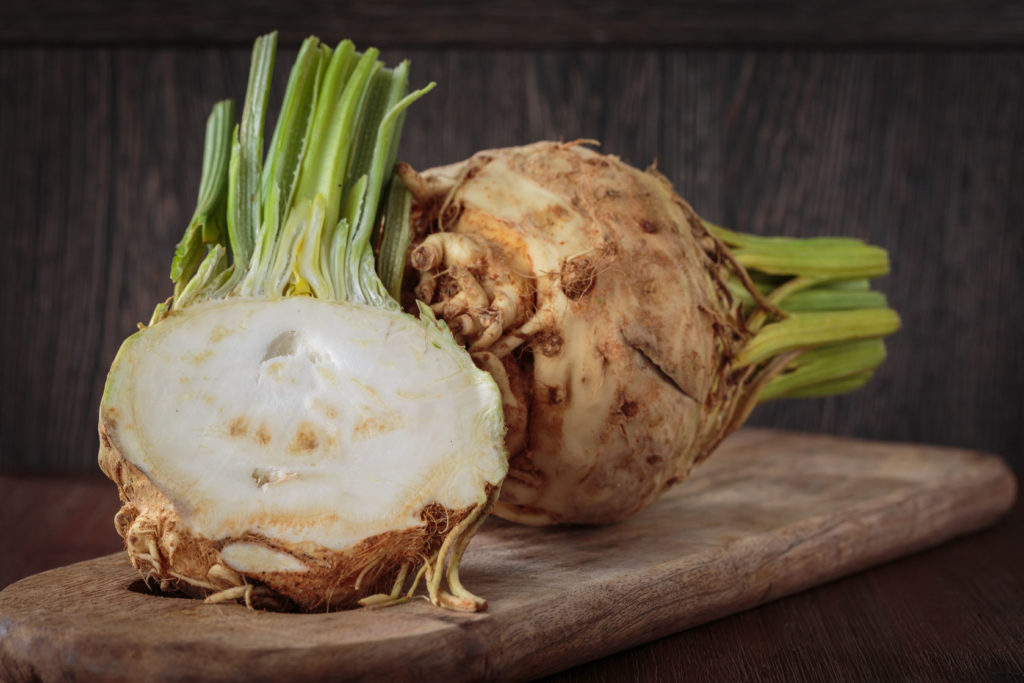
1. Celeriac
Celeriac. Your mother likely called it by the name ‘Celery Root.’
Let’s face it. Celeriac looks as appealing as it sounds. This root veggie doesn’t exactly inspire you to eat pounds and pounds of it.
The appearance of this edible root veggie is somewhat lacking. It’s lumpy. It’s brown. At first look, it appears like something in a sci-fi movie. But, there’s good news.
Celeriac is a cruciferous vegetable. For those of you that don’t know, cruciferous veggies are packed with health benefits with the following qualities:
- Anti-inflammatory effects
- Anti-viral and antibacterial effects
- Anti-cancerous properties
These types of veggies are loaded with essential nutrients and are considered a ‘functional food’ meaning they go above and beyond basic nutritional value. Among other nutrients, celeriac has a good amount of vitamins C, E, phosphorus, iron, and fiber.
It’s also a great source vitamin K, which is essential for healthy brain function and optimal bone health. In fact, one study suggested that vitamin K could be possibly used as a supplementation to support bone health in patients with chronic kidney disease (CKD).
Not only does Vitamin K regulate the cells that build new bones, but it regulates the cells that break down old bone as well. If the balance between the two processes aren’t equalized it can cause a plethora of bone debilitating problems, such as osteoporosis.
Another randomized controlled trial was done to determine the correlations with a diet low in Vitamin K and hip health among aging adults. While more research needs to be done for the trial to be conclusive, anecdotal evidence is promising.
So, how do you eat celeriac?
Once you skin the rough outer texture of this root vegetable, you’re rewarded with a mild, white flesh. It has a fresh, celery-like flavor that can be stewed, roasted, made into soup, or eaten raw.
As winter approaches, incorporate this ugly vegetable into your routine for healthy bones, and a boost in fiber.
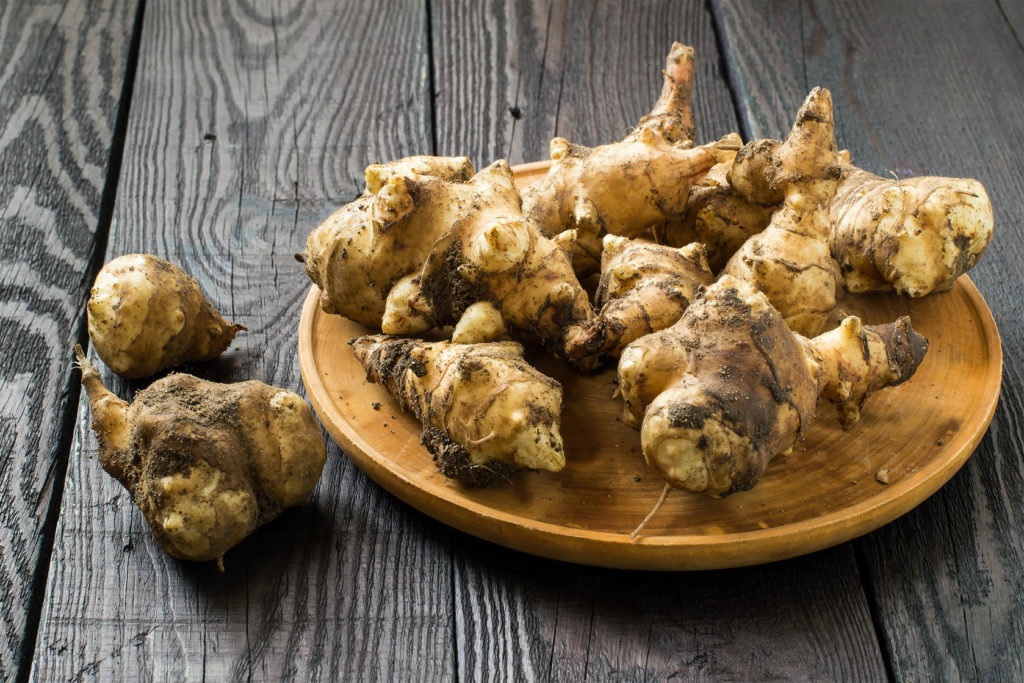
2. Jerusalem Artichoke
It’s hard to believe this ugly vegetable is part of the same plant family as the beautiful sunflower. It’s the winter cousin to the version that you notice popping up throughout grocery stores in the springtime.
A native to North America, the Jerusalem artichoke, also known as sunchokes, has always been overlooked and under-used. Although this odd-looking veggie doesn’t exactly look appetizing, it’s a great source of many vitamins and minerals.
You may be surprised to learn just how plentiful this ugly vegetable is when it comes to vitamins and minerals. Jerusalem artichokes are a great source of Vitamin C, iron, and packed with two bone superstars; potassium and magnesium.
We’re always saying that magnesium is crucial for bone health, and we mean it! Magnesium influences bone metabolism, and getting enough helps to increase bone density.
Potassium plays an important role in your bone health, too. A randomized, placebo-controlled study indicated that potassium citrate had the potential to improve skeletal health over a six-month period in older men and women.
Jerusalem artichokes are a creative substitute for potato and can be cooked in a similar way. They have a slightly nutty taste and pair well with crisp flavors such as apple and arugula.
This knobby ugly vegetable makes the perfect addition to any dinner on a cool winter evening. They’re easy to prepare and rich in bone-healthy nutrients.
So, why not give Jerusalem artichokes a shot?
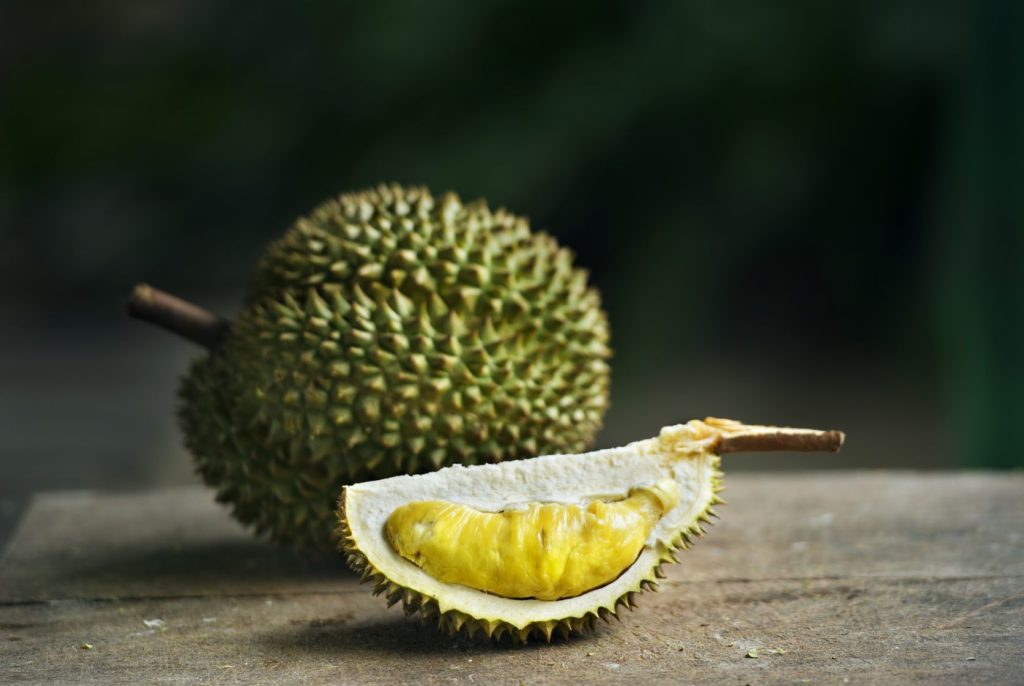
3. Durian
Durian isn’t exactly an ugly fruit. However, its number three on our list due to its absolutely unappealing stink. That’s right, I said stink.
Durian has a gag-worthy smell that some people simply can’t take. In fact, it’s even banned in hotels across Asia due to its pungent onion-like (some say feet) smell.
You may be wondering ‘Why in the heck would I ever try something that’s gag-worthy?’
Well if you can get past the smell, you may want to consider eating this thorny fruit every once in awhile.
Durian’s fiber content will give your digestive system a kick. And, good digestion helps you to absorb the nutrients and minerals that your bones crave. On top of that, it’s a super source of minerals!
Durian contains a mix of calcium, magnesium, manganese, potassium, and iron. All of which support strong bones.
We’ve already discussed the importance of magnesium and potassium for bone health. But, did you know, iron deficiency has been linked to increased risk of developing osteoporosis?
Iron deficiency is recognized as a worldwide problem, making it of special interest for the scientific community. It turns out, there is a link to iron and bone metabolism. Iron-deficient subjects were at a greater risk of osteoporosis in one study.
Ready to give durian a go?
Some folks opt to censor the pungent smell by baking it in cakes or cookies. There’s even durian custard, durian ice cream, and sweet sticky rice made with durian cream. But, if you want the real deal, it’s best eaten raw. It may be hard to find fresh in North America, but most Asian grocers will have it canned, which is another option.
Durian isn’t going to give you as much iron as what can be found in red meat or poultry, but when you consider some of its other benefits, this vegetarian-friendly food is definitely worth trying sometime.
After all, there’s a reason this ugly fruit is dubbed the ‘king of fruits.’
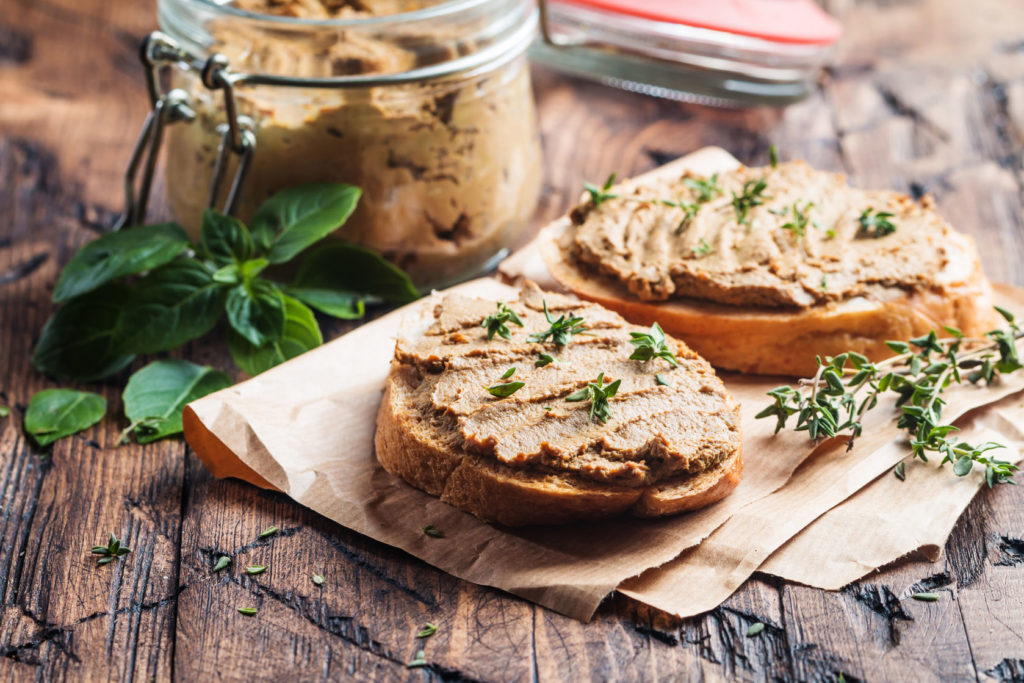
4. Chicken Liver
While we’re on the subject of iron… Did you know that chicken liver contains 11 mg of iron per 100g? That makes it a better source of iron than beef meat (3.5 mg) and spinach (2.7 mg) combined.
You may not be a fan of the smell, taste, or texture of chicken liver but it’s nutrient dense and great for your overall well-being. Liver is jam-packed with B12 and vitamin A (in what is called, “true” vitamin A as retinol). Even better, it’s great for your bones.
Vitamin A has been accused of promoting bone loss, but that’s not the case when it is in balance with vitamin D. Human clinical studies consistently show that vitamin A – in balance with vitamin D – is highly beneficial, not harmful to bone.
Vitamin A has the following beneficial effects on your bones:
- Vitamin A promotes healthy bone remodeling. Vitamin A helps activate osteoclasts, the specialized cells that remove worn out bone, so that old, damaged bone is cleared out, making room for healthy new bone to be laid down by the specialized cells that do so, your osteoblasts.
- Vitamin A improves calcium’s delivery into bone. In concert with vitamin D, vitamin A boosts the production of osteocalcin, the protein that, once activated by vitamin K2, delivers calcium into bone.
Just remember that if you’re going to eat liver, always choose organic. Consuming the liver of an animal that’s been given hormones, antibiotics, and GMO grain negates the health benefits. Keep those harmful chemicals out of your body!
Many recipes use chicken livers for pates, but you can lightly sear it with garlic and onions for a tasty bone-healthy treat.
5. Lithothamnion superpositum
Our next ugly ingredient isn’t much of a looker. But we aren’t in it for the looks here…. we’re in it for our bones!
So, where does this ugly plant come from?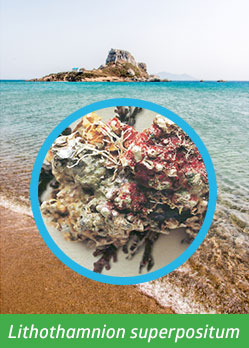
Native to the shores of South America, Lithothamnion superpositum from Algas calcareas (or what we call AlgaeCal) is a rare algae that absorbs minerals from the ocean and naturally pre-digests them, making it easy for your body to break down.
Mother nature knows best! Which she proved once again with AlgaeCal, which contains the proper proportions of nutrients to that of healthy bone.
You see, you need 13 minerals for healthy, youthful bones, and a few vitamins too. That’s why AlgaeCal Plus and Strontium Boost provide a multi-nutrient approach to a multi-nutrient problem. Not only do you get all 13 minerals naturally found in your bone- like magnesium, boron, and strontium- but you get added vitamins C, D3, and K2-7. Each AlgaeCal Plus capsule provides these nutrients in amounts similar to that of healthy bone. And Strontium Boost accelerates AlgaeCal Plus’s bone-building even further!
While it may not be the prettiest plant you’ve ever seen, we’ve made it into a natural, whole-food supplement where the benefits are beautiful and life-changing.
Discover more about AlgaeCal Plus and Strontium Boost here.
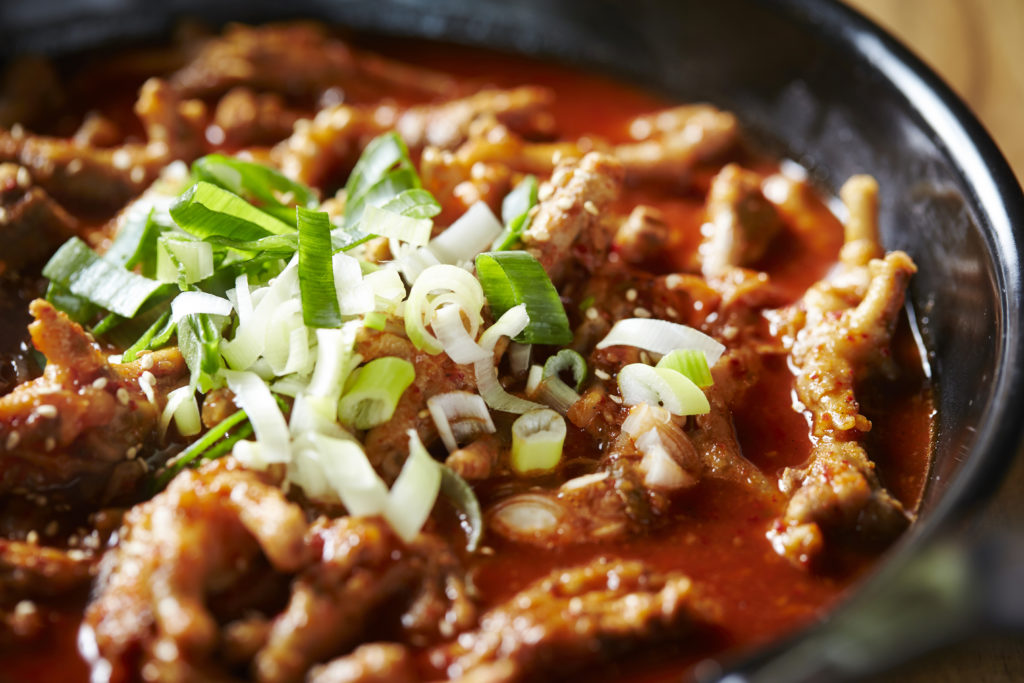
6. Chicken Feet
Although Western culture hasn’t quite embraced chicken feet, they’re certainly a popular dish in many Asian cultures.
We admit, gnawing on a chicken foot doesn’t sound all that appealing. However, chicken feet are loaded with healthy collagen, which is crucial for your bones! And that’s why we’re all here, isn’t it?
A study conducted by the Faculty of Veterinary Science Chung-Hsing University in Taiwan revealed that chicken feet contain very high levels of collagen.
Nearly 90% of a healthy bone-matrix is comprised of collagen. Collagen is the most abundant protein in your body and is responsible for the following:
- Bone Formation
- Forming Cartilage
- Skin Development
- Tendons Structure
Healthy bones require a perfect recipe of constant renewal. If one thing is off, you’re at risk for bone loss, brittle bones, bone fragility, or other clinical disorders. Collagen plays an important role in bone health. Without the proper amount of collagen, the formation of new bone is nearly impossible.
Bonus: You can easily get chicken feet from your local grocery store or butcher for near pennies on the dollar. Ask your butcher to de-claw them and remove calluses (yes, chicken have calluses on their feet).
Try adding chicken feet into stock or soups for a thick, creamy addition, packed with collagen and other vital nutrients.
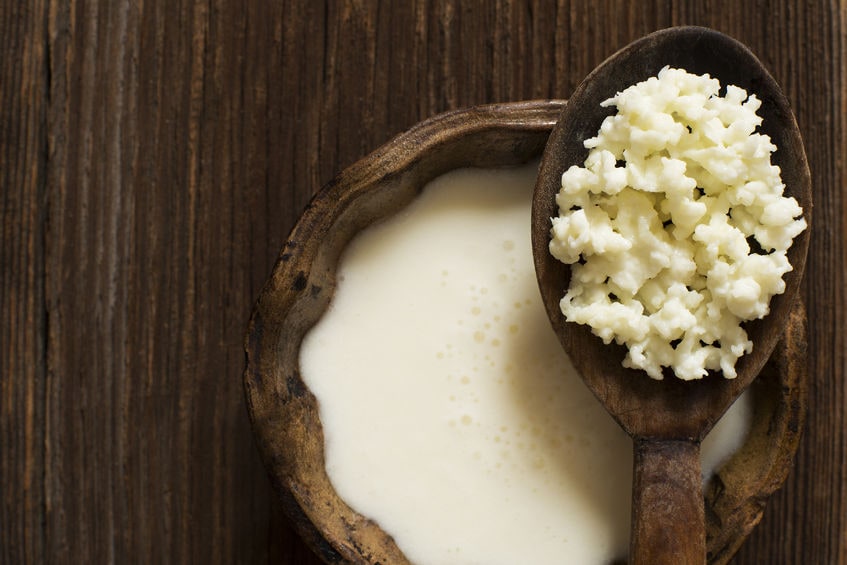
7. Cottage Cheese
Cottage cheese often tops many ‘most hated foods’ lists across the country. Whether it’s the look, the texture, or the smell you hate, it might be worth it to give cottage cheese another chance because it’s a great source of calcium.
Calcium is the most abundant mineral in your body, yet only 32% of adults in the US are getting enough calcium through their diet! So while incorporating calcium-rich foods into your diet is important, you may want to think about supplementing with plant-based calcium to make up for any shortfall as well.
Cottage cheese boasts a significant amount of protein too! In fact, about 70% of the calories you consume from cottage cheese is from the protein. Protein affects your bone density and is a key nutrient for bone formation.
Cottage cheese might be an ugly food, but lucky for you, it doesn’t taste bad. Its mild flavor allows you to eat it all on its own for a low-calorie treat – or with fruits or veggies. If it’s the texture you’re not a fan of, try a smaller curd.
If you’re a cottage-cheese lover, how do you eat it? Let me know in the comments below.
The Bottom Line on Ugly Foods
While these foods aren’t going to win beauty awards, they do have a high nutritional value and boast major health benefits. Consider adding some of these ugly fruits and veggies to your diet for strong, healthy bones.
Who knows. You might actually enjoy them!
Have you tried any of these bone-healthy ugly foods? Did we miss any ugly vegetables or fruits? Before you go, don’t forget to leave a comment and share your story or anecdote. Our readers are always looking for recipes that promote healthy bone function and overall well-being.
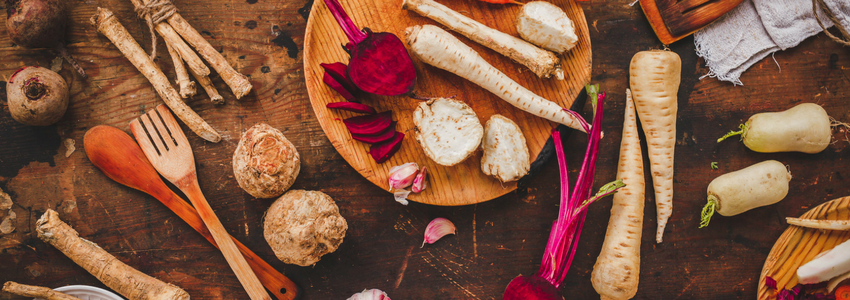




Dorothy Hann
October 28, 2017 , 7:14 amGlad to see one of my favorite foods is here: cottage cheese. Love it with canned pineapple.